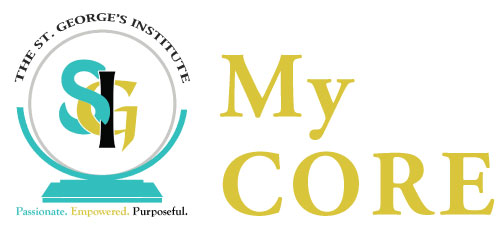States of Matter Assignment
States of Matter Assignment
This is your first assignment of CHM101 (hooray!). Please complete this by 11:59 Wednesday night.
Please send it to me directly first, at dberkeley@stgeorgesinstitute.org
Answer the following questions:
- What do you understand by the term ‘Particulate Theory of Matter’?
- a) Give the FOUR main ideas of behind the particulate theory of matter
- Define the following:
- a) diffusion
- b) osmosis
- c) melting point
- d)boiling point
- By referring to particles, explain why:
- a) when a crystal of red food colouring fell into a beaker of water, after a while all the water became red.
- b) when an egg was placed in vinegar, it swelled and got turgid after its shell was removed.
- State TWO differences between evaporation and boiling
- By considering the arrangement of particles in each substance, explain why:
- a) nitrogen gas is very easy to compress.
- b) a solid lump of lead has a fixed shape
- Water can exist as a solid, a liquid and a gas. Explain the differences between these three states in terms of arrangement of their particles, forces of attraction between them and their kinetic energy.
